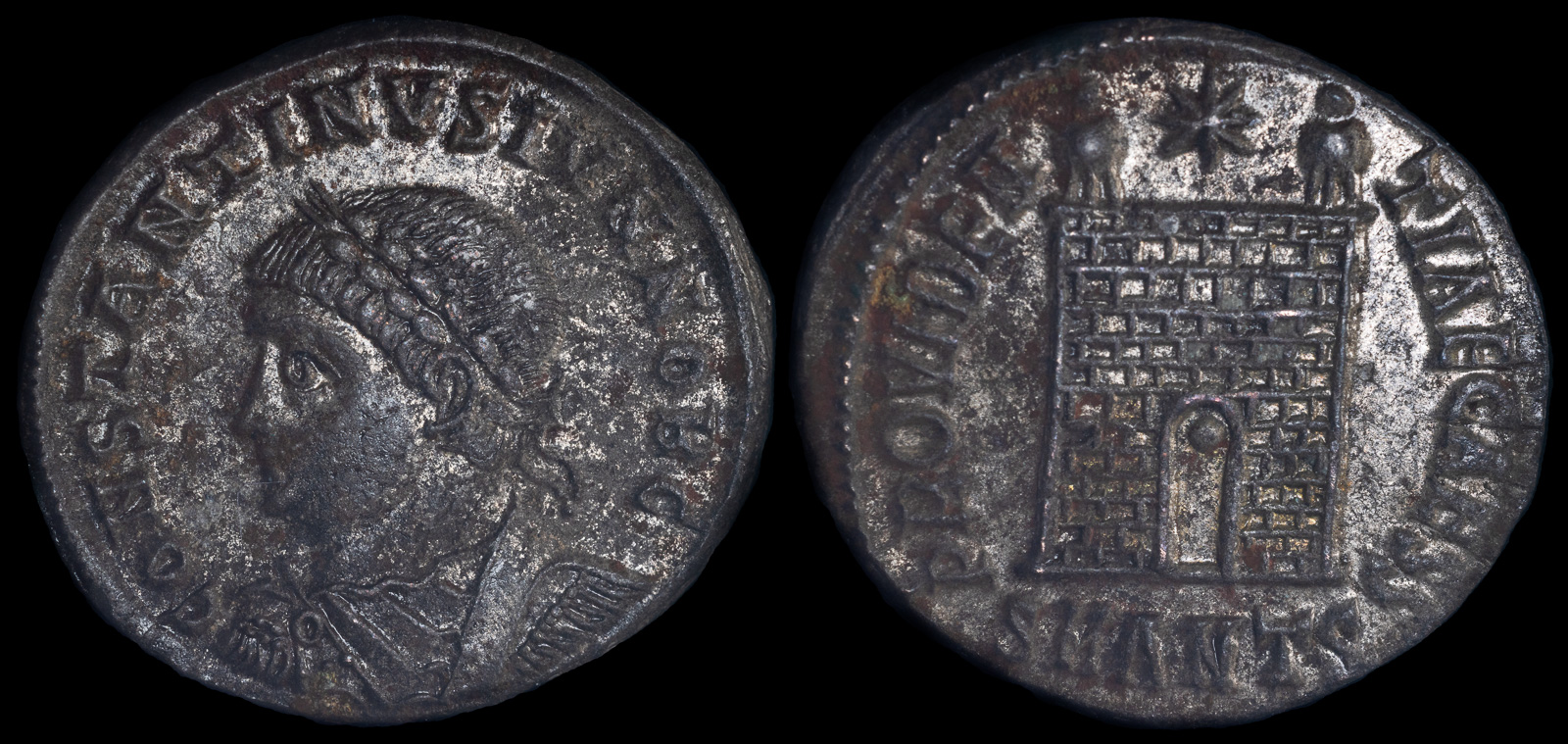Campgate
View All Tags
In Roman military camps, the castrum (the Latin term for a fortified military camp) was usually rectangular or square, with four gates—one on each side. These gates were typically positioned in a way that allowed for efficient movement of troops and supplies while also providing security. The principia (headquarters) was often located at the center of the camp, and the gates were strategically placed to allow quick access to key areas. Roman military engineers, known as architecti, would design the gates with defensive features such as wooden or metal doors reinforced with iron, often accompanied by a drawbridge or a barbican (an outer defensive structure).
The gates were not only practical but also symbolic of the military power and organization of the Roman legions. They often featured elaborate inscriptions and symbolic decorations, sometimes displaying the name of the camp, the unit stationed there, or the emperor under whom the camp was established. The porta praetoria, the main gate, was typically the most important, serving as the entrance through which the commander and officers entered and left. It was often decorated with military symbols like the eagle or standards, signifying Roman might and the authority of the commanding officer.

Constantine II, as Caesar
Antioch, 326-327 CE
BI Nummus 3.38g, 20mm, 6h
CONSTANTINVS IVN NOB C, laureate, draped and cuirassed bust to left /
PROVIDENTIAE CAESS, camp gate with no doors, pellet in doorway and two turrets; star above, pellet in doorway, SMANTS in exergue.
RIC VII 73
Ex CNG 2011.